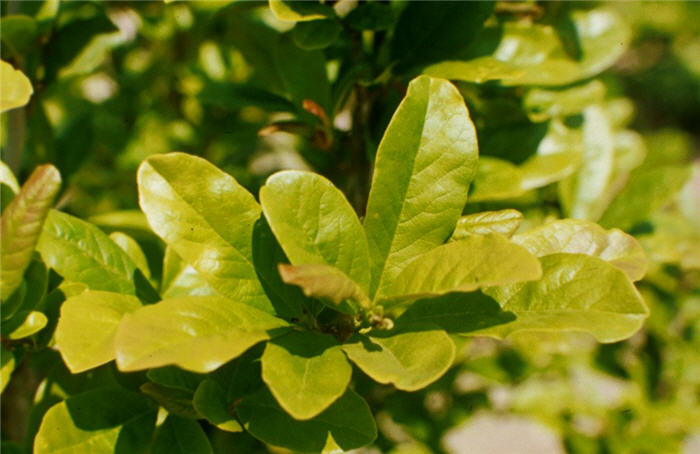| Botanical Name: Magnolia stellata 'Rosea' | |
| Common Name: Pink Star Magnolia |

-
Anatomy
-
Culture
-
Design
Plant Type
Tree, Shrub
Height Range
6-12'
Flower Color
Pink
Flower Season
Spring
Leaf Color
Yellow
Bark Color
n/a
Fruit Color
n/a
Fruit Season
n/a
Sun
Full
Water
High, Extra in Summer
Growth Rate
Slow
Soil Type
Loam
Soil Condition
Rich, Well-drained, Moist
Soil pH
Neutral
Adverse Factors
n/a
Design Styles
Japanese, Meadow, Woodland
Accenting Features
Fall Color, Fragrance, Showy Flowers, Specimen
Seasonal Interest
Spring, Fall
Location Uses
Background, Foundation, Lawn, Patio
Special Uses
n/a
Attracts Wildlife
n/a
Information by: Stephanie Duer
Photographer: Seatree Nursery
Photographer: Seatree Nursery
-
Description
-
Notes
Pink star magnolia is a small, slow-growing tree or large shrub that reaches 15 feet tall and about 12 to 15 feet wide. It branches close to the ground and has a dense head of foliage. In late spring, rose-flushed buds open to reveal fragrant blooms with frilly slender petals in crisp white with a hint of pink. Plant in a sheltered area, though not against a south or west-facing wall or fence.
Grow in well-drained, loamy soil in full sun to part shade. Prefers rich, organic soils. Best in a location sheltered from high winds, except avoid protected southern exposures where the buds may be induced to open too early. Not a low-water plant, but with proper siting it will grow with weekly summer watering.